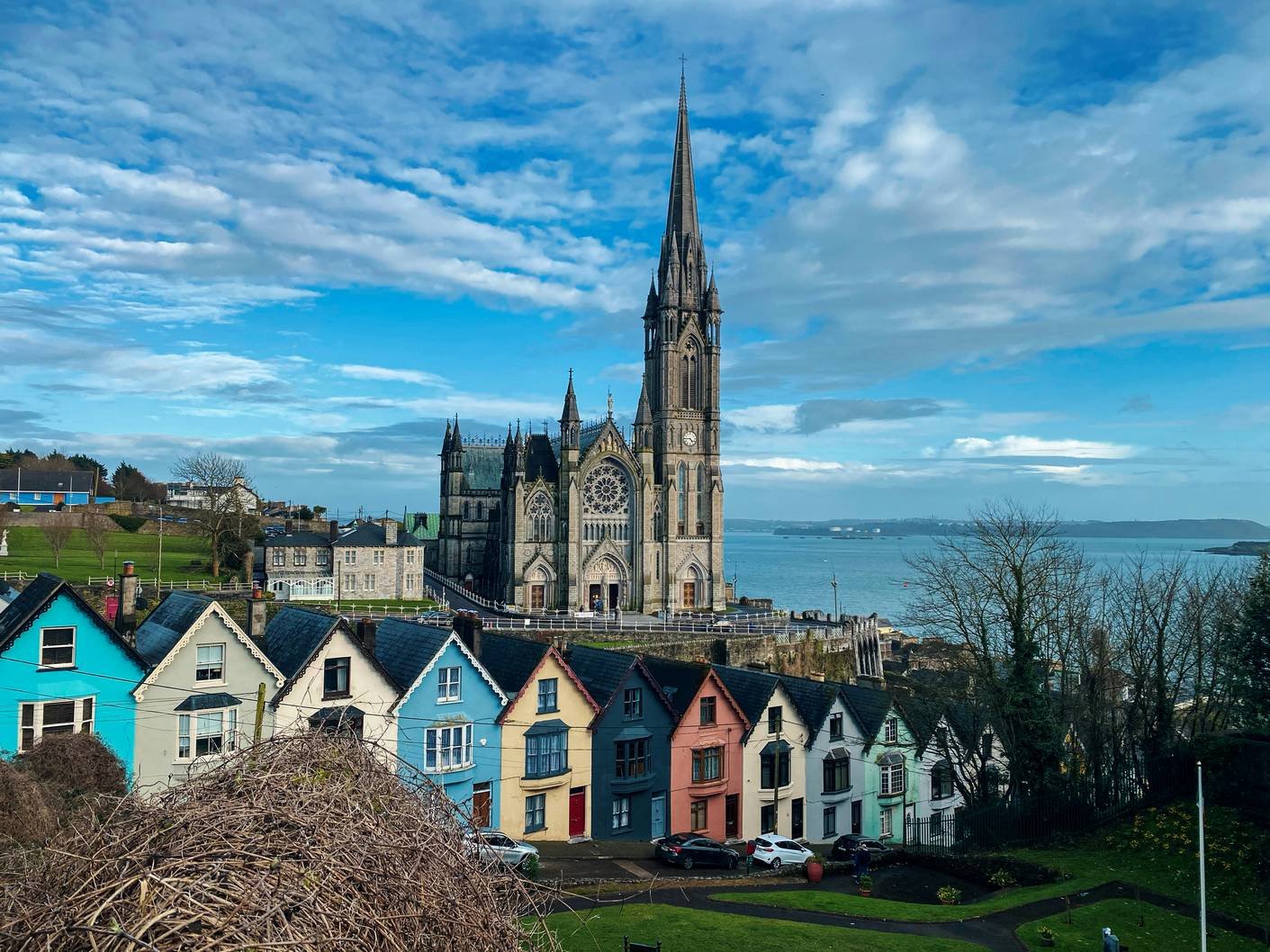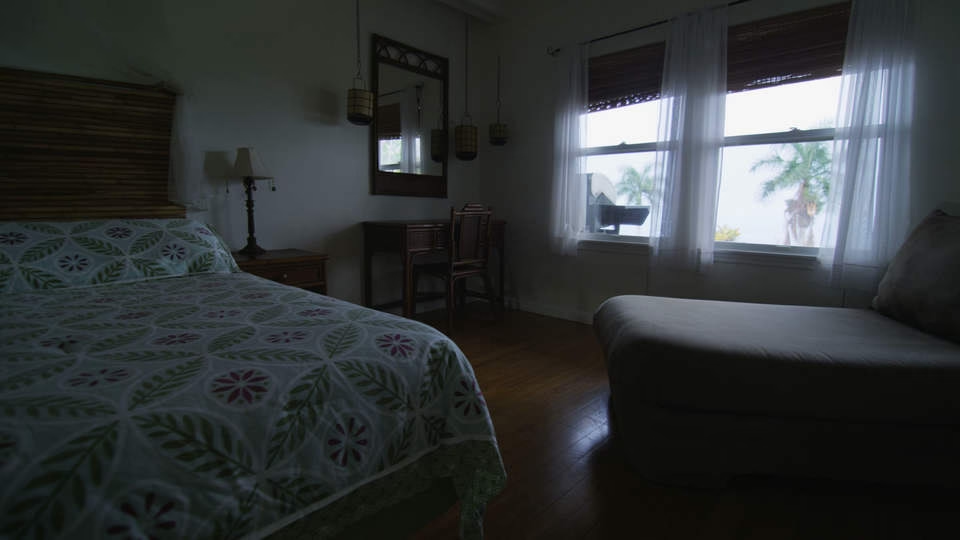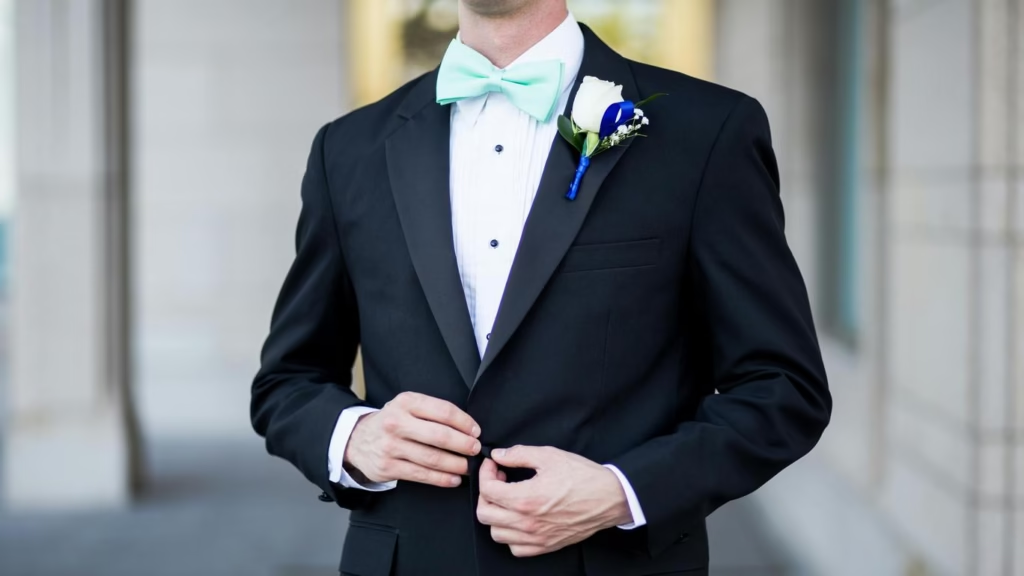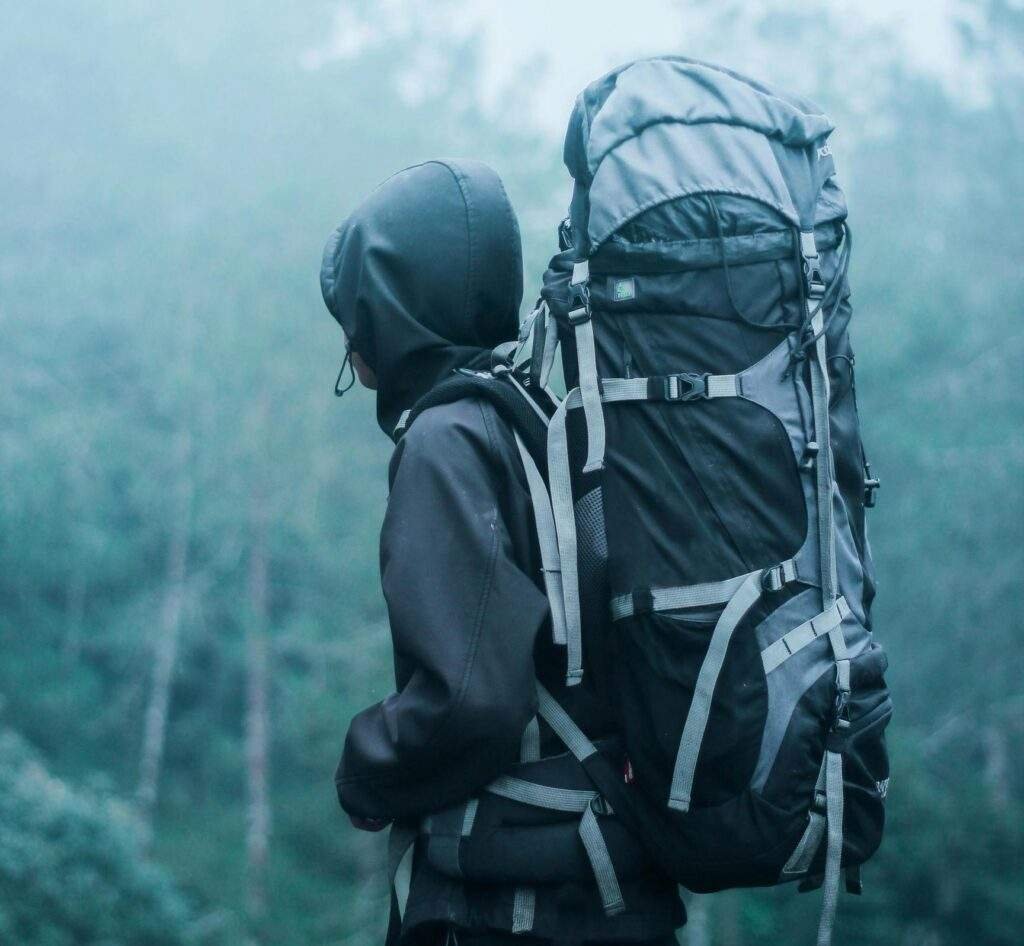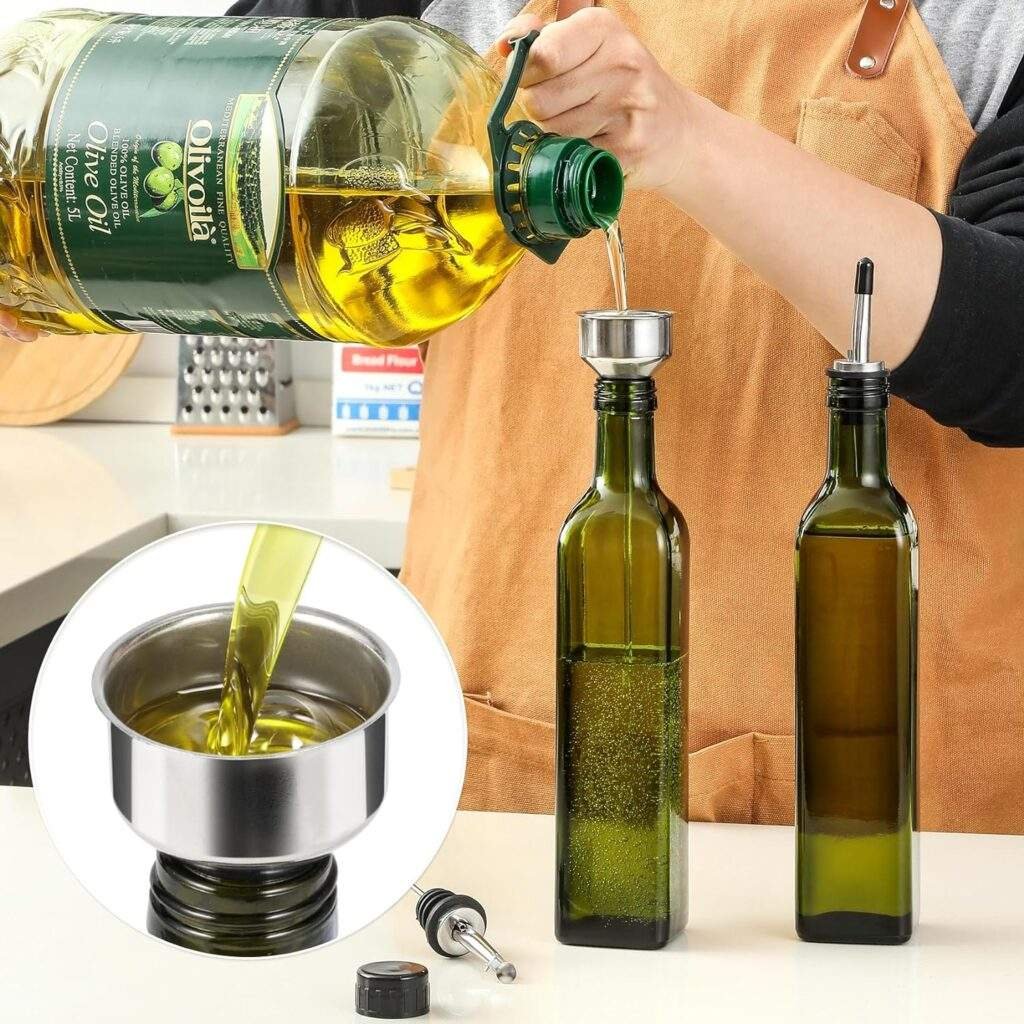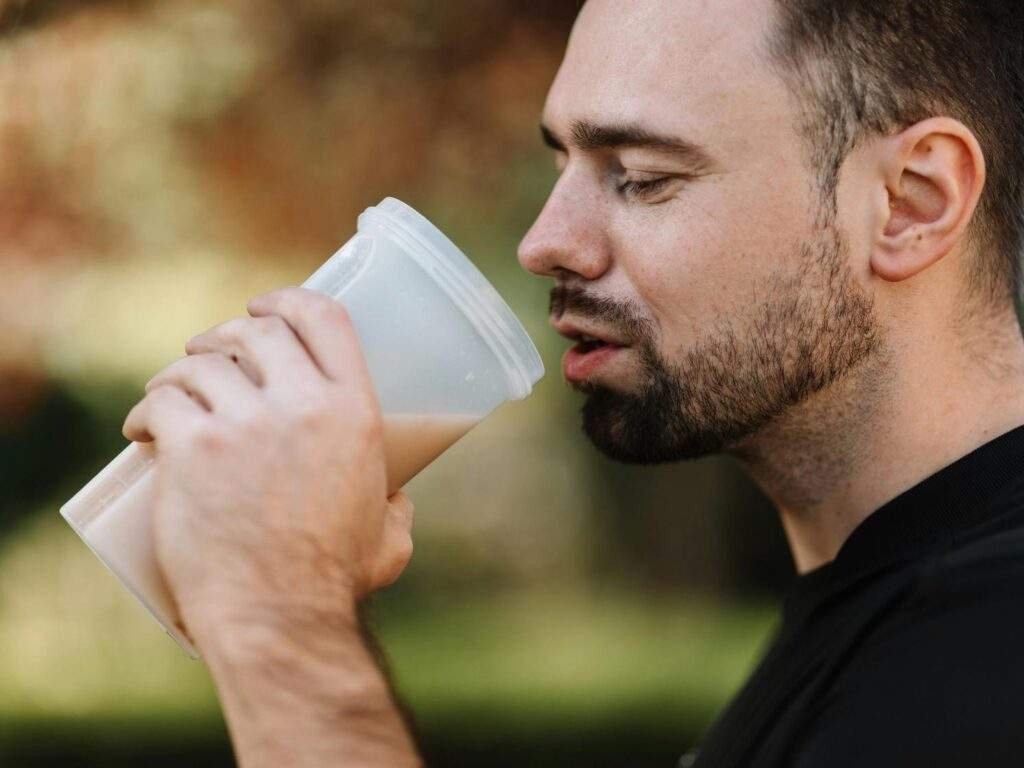Discover the Ultimate Best Time of Year to Visit Ireland: Insider Secrets Revealed
Table of Contents
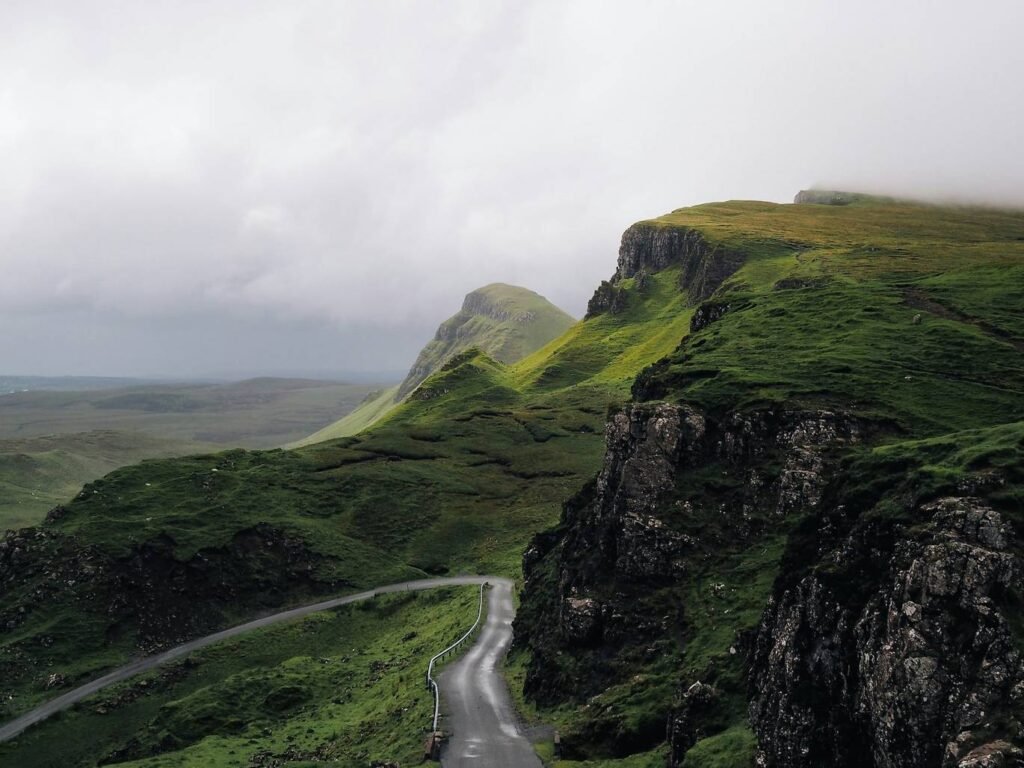
Introduction
Ireland, the Emerald Isle, is a captivating destination that beckons travelers with its lush landscapes, rich history, and warm hospitality. However, choosing the best time of year to visit Ireland can significantly impact your experience. This comprehensive guide will explore the various factors to consider when planning your Irish adventure, helping you determine the ideal season for your trip based on your preferences and interests.
Understanding Ireland’s Climate
The Influence of the Atlantic Ocean
Ireland’s climate is heavily influenced by the Atlantic Ocean, resulting in mild temperatures year-round and frequent rainfall. This maritime climate creates the lush, green landscapes that Ireland is famous for, but it also means that weather can be unpredictable at times.
Seasonal Weather Patterns
To determine the best time of year to visit Ireland, it’s crucial to understand the typical weather patterns for each season:
- Spring (March to May)
- Summer (June to August)
- Autumn (September to November)
- Winter (December to February)
Each season offers unique experiences and challenges for travelers, which we’ll explore in detail throughout this guide.
Spring: A Season of Renewal
Mild Temperatures and Blooming Landscapes
Spring is often considered one of the best times of year to visit Ireland. As the countryside awakens from its winter slumber, you’ll witness the emergence of vibrant wildflowers and the famous rolling green hills in all their glory. Temperatures typically range from 8°C to 12°C (46°F to 54°F), making it comfortable for outdoor activities.
Fewer Crowds and Lower Prices
Another advantage of visiting Ireland in spring is the relative lack of tourists compared to the peak summer season. This translates to shorter queues at popular attractions and more affordable accommodation options. However, be prepared for occasional rain showers and pack layers to accommodate fluctuating temperatures.
St. Patrick’s Day Celebrations
If you’re looking to experience authentic Irish culture, consider planning your trip around St. Patrick’s Day (March 17th). This national holiday brings the country to life with parades, festivals, and lively celebrations in cities and towns across Ireland.
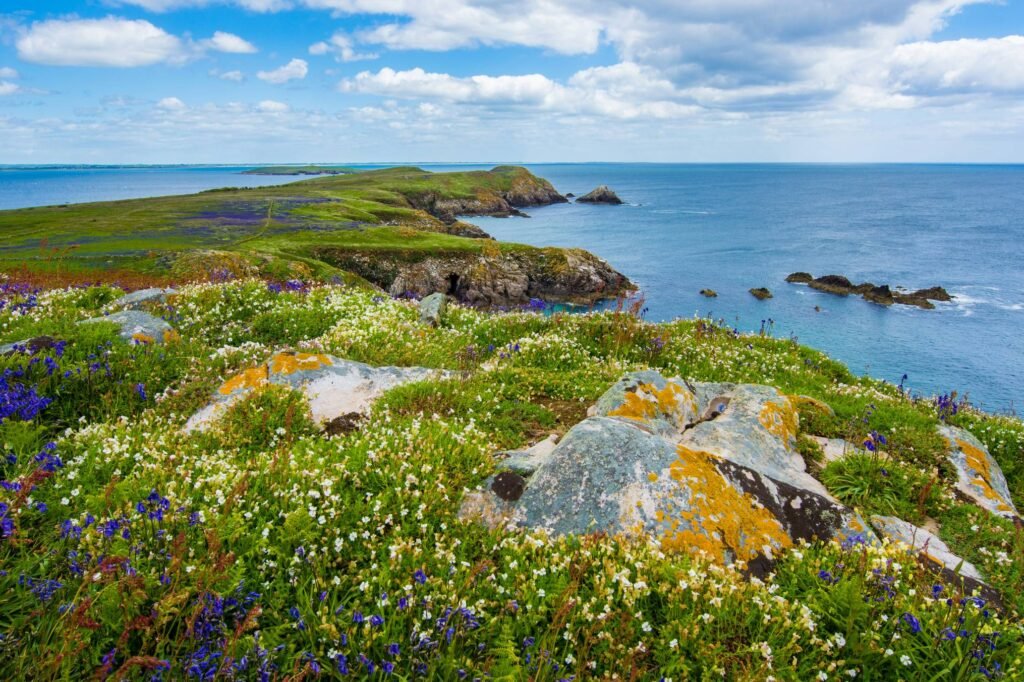
Summer: Peak Season for a Reason
Longest Days and Warmest Temperatures
Summer is undoubtedly the most popular time of year to visit Ireland, and for good reason. With temperatures ranging from 16°C to 20°C (60°F to 68°F) and up to 18 hours of daylight, you’ll have plenty of time to explore the country’s natural wonders and outdoor attractions.
Vibrant Festival Scene
The best time of year to visit Ireland for festival-goers is undoubtedly summer. From music festivals like Electric Picnic to cultural events like the Galway International Arts Festival, there’s no shortage of entertainment during the warmer months.
Navigating the Crowds
While summer offers ideal weather conditions, it’s also the busiest and most expensive time to visit. To make the most of your trip:
- Book accommodations and popular attractions well in advance
- Consider visiting lesser-known destinations to escape the crowds
- Plan for early morning or late evening visits to major tourist sites
Autumn: A Tapestry of Colors
Mild Weather and Stunning Foliage
As summer fades into autumn, Ireland transforms into a breathtaking canvas of golden and russet hues. With temperatures ranging from 10°C to 15°C (50°F to 59°F), autumn can be an excellent time to visit Ireland for those seeking a balance between comfortable weather and fewer tourists.
Harvest Festivals and Cultural Events
Autumn is rich with cultural events and harvest festivals, offering visitors a chance to immerse themselves in Irish traditions. The Dublin Theatre Festival and the Galway International Oyster and Seafood Festival are just a few examples of the diverse events you can experience during this season.
Photography Opportunities
For photography enthusiasts, autumn may be the best time of year to visit Ireland. The changing foliage, misty mornings, and dramatic skies create perfect conditions for capturing stunning landscapes and atmospheric shots.
Winter: A Magical Off-Season Experience
Cozy Atmosphere and Festive Cheer
While winter might not be the first choice for many travelers, it offers a unique and magical experience for those willing to brave the cooler temperatures. From late November through December, cities and towns across Ireland come alive with Christmas markets, festive decorations, and a warm, welcoming atmosphere in local pubs.
Fewer Tourists and Lower Prices
Winter is the least crowded time of year to visit Ireland, making it ideal for travelers seeking a more intimate experience. You’ll find significantly reduced prices on accommodations and attractions, allowing you to stretch your budget further.
Potential Challenges
It’s important to note that some rural attractions and accommodations may have limited hours or be closed during the winter months. Additionally, daylight hours are shorter (with as little as 7-8 hours of daylight in December), which may impact your sightseeing plans.
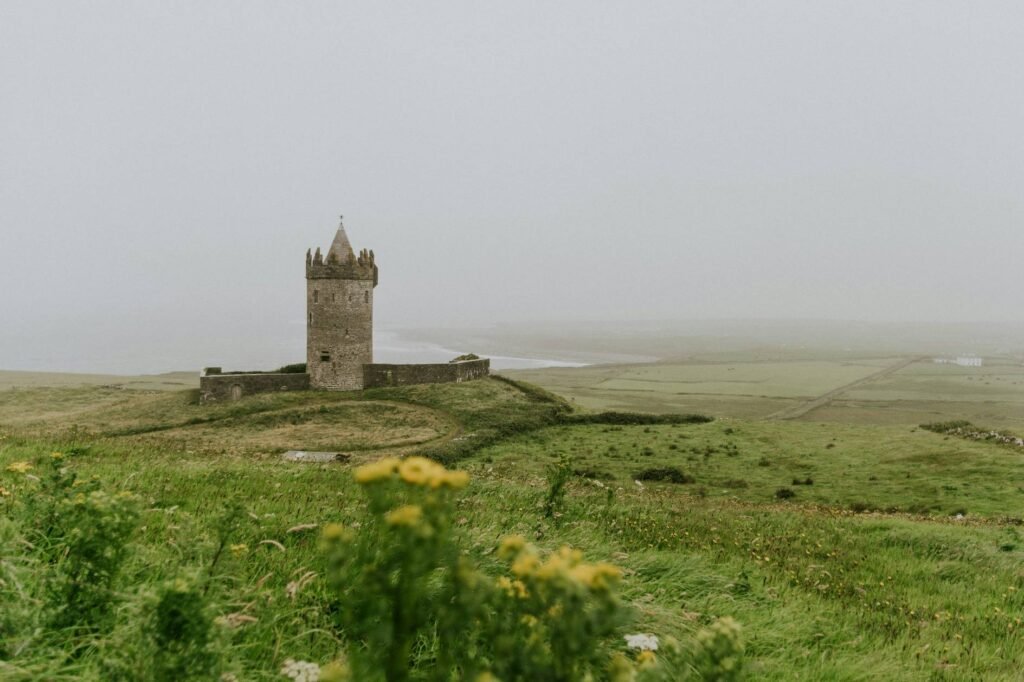
Tips for Choosing the Best Time to Visit Ireland
Consider Your Interests
The best time of year to visit Ireland largely depends on your personal interests and priorities:
- Nature lovers may prefer spring or autumn for the beautiful landscapes
- Festival enthusiasts should aim for summer
- Budget-conscious travelers might opt for winter or shoulder seasons
Plan for Ireland’s Unpredictable Weather
Regardless of when you choose to visit, be prepared for Ireland’s famously changeable weather:
- Pack layers and waterproof clothing
- Bring sturdy, comfortable walking shoes
- Always carry a small umbrella or rain jacket
Balance Popular and Off-the-Beaten-Path Destinations
To make the most of your trip, consider combining well-known attractions with lesser-visited gems. This approach can help you avoid crowds during peak seasons and discover the authentic charm of Ireland.
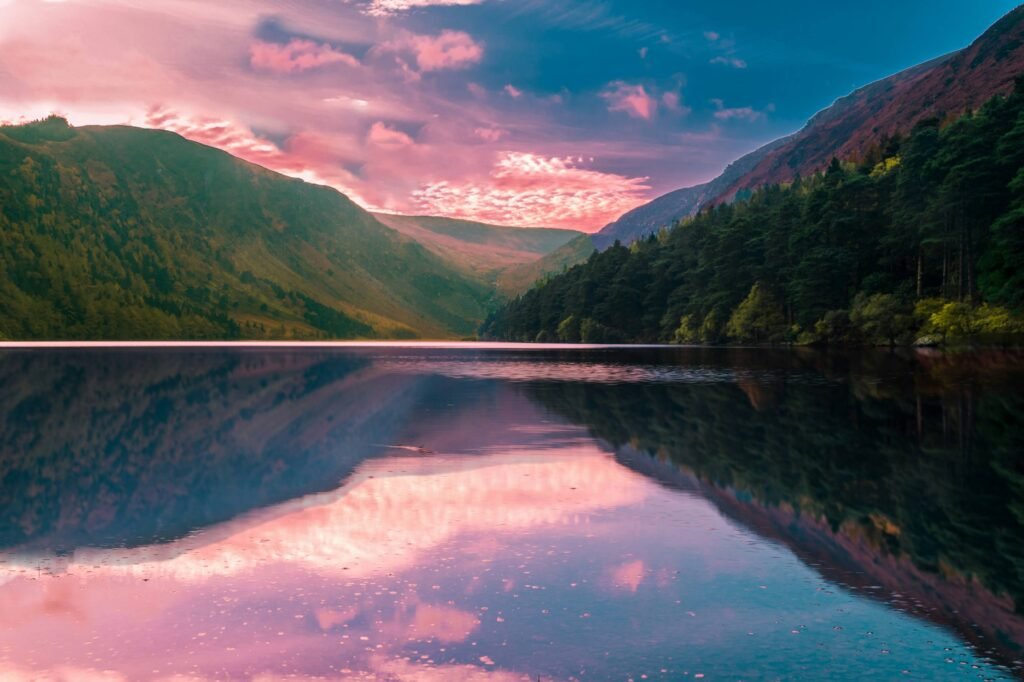
Navigating Transportation Options
Renting a Car
For many visitors, renting a car is the best way to explore Ireland’s countryside and remote areas. However, keep in mind:
- Driving is on the left side of the road
- Roads can be narrow and winding in rural areas
- Book your rental car well in advance, especially during peak season
Public Transportation
Ireland’s public transportation system is reliable and can be a cost-effective option:
- Trains connect major cities and towns
- Buses reach more remote areas
- Consider purchasing a travel pass for unlimited travel on public transport
Guided Tours
If you prefer a more structured experience, guided tours can be an excellent option:
- Day trips from major cities to popular attractions
- Multi-day tours covering several regions
- Specialized tours focusing on themes like history, food, or whiskey
Accommodation Tips for Every Season
Book Early for Peak Season
If you’re planning to visit Ireland during the summer months or around major events, book your accommodations as early as possible to secure the best options and prices.
Consider Alternative Lodging
To save money and experience authentic Irish hospitality, consider:
- B&Bs and guesthouses
- Farm stays
- Self-catering cottages
- Hostels (for budget travelers)
Location Matters
Choose accommodations based on your itinerary and transportation plans:
- City center locations for easy access to attractions and nightlife
- Rural settings for a peaceful retreat and stunning landscapes
- Coastal areas for beach access and scenic views
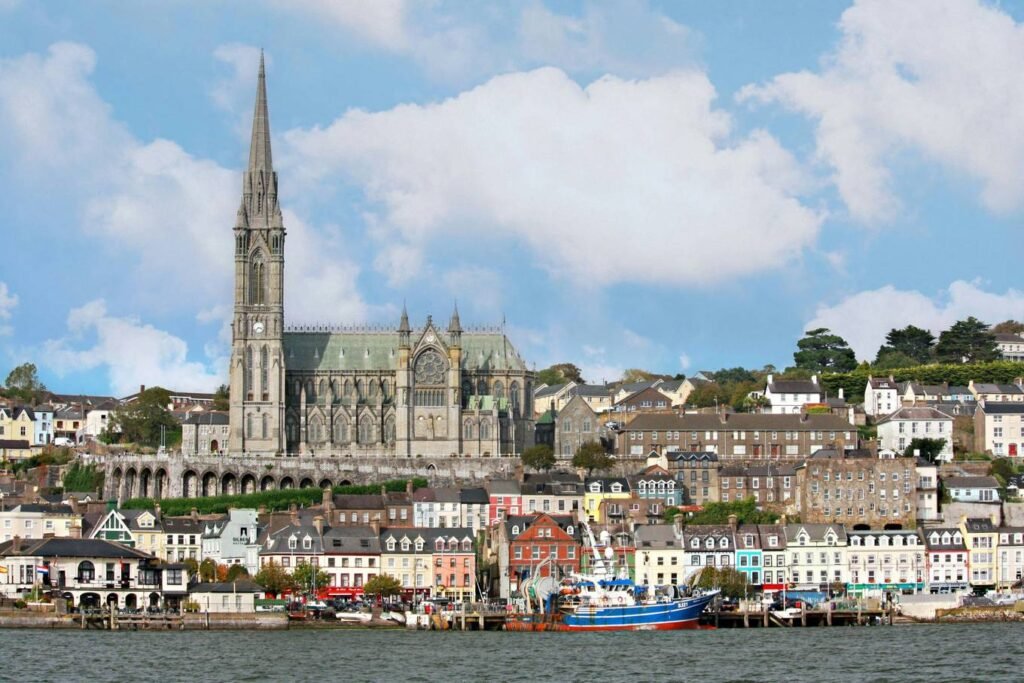
Must-Visit Attractions Year-Round
Natural Wonders
No matter when you visit, Ireland’s natural beauty is always on display:
- Cliffs of Moher
- Giant’s Causeway
- Ring of Kerry
- Connemara National Park
Historical Sites
Delve into Ireland’s rich history at these iconic locations:
- Newgrange
- Rock of Cashel
- Kilkenny Castle
- Dublin Castle
Cultural Experiences
Immerse yourself in Irish culture through:
- Traditional music sessions in local pubs
- Literary tours in Dublin
- Gaelic sports events
- Food and whiskey tastings
Practical Tips for a Smooth Irish Adventure
Currency and Payment
- The Republic of Ireland uses the Euro, while Northern Ireland uses the British Pound
- Credit cards are widely accepted, but carry some cash for small purchases and rural areas
Electrical Outlets
- Ireland uses the same type of electrical outlets as the UK (Type G)
- Bring a power adapter if your devices use a different plug type
Language
- English is widely spoken throughout Ireland
- Learning a few basic Irish (Gaelic) phrases can be appreciated by locals
Tipping Culture
- Tipping is not as expected as in some countries, but it’s appreciated for good service
- 10-15% is standard in restaurants if a service charge isn’t already included
Conclusion: Embracing the Irish Experience
Determining the best time of year to visit Ireland ultimately depends on your personal preferences, budget, and desired experiences. Whether you choose the vibrant energy of summer, the colorful landscapes of autumn, the festive charm of winter, or the renewal of spring, Ireland offers something special in every season.
By considering factors such as weather, crowds, events, and your own interests, you can plan a trip that aligns perfectly with your vision of the ideal Irish adventure. Remember that Ireland’s unpredictable weather is part of its charm, and a positive attitude and sense of flexibility will serve you well no matter when you visit.
Whichever season you choose, Ireland’s stunning landscapes, rich history, and warm hospitality await. From the bustling streets of Dublin to the tranquil beauty of the countryside, the Emerald Isle is ready to captivate you with its unique blend of ancient traditions and modern vibrancy. So pack your bags, bring your sense of adventure, and prepare for an unforgettable journey through one of Europe’s most enchanting destinations.

